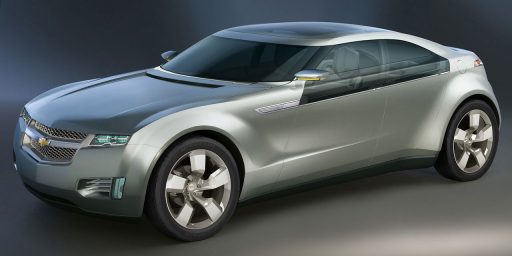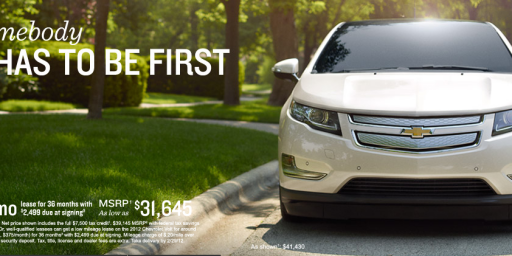NEEDFUL THINGS
StrategyPage lists some nice-to-have items that soldiers are currently procuring out of their own pockets:
Despite the lavish and, usually, well thought out equipment provided to U.S. troops in Iraq, there have been equally well reasoned complaints about stuff that was not issued, and should be. High on every soldiers list is the need for 110 volt power to be available from hummers and armored vehicles. This can be done with a power inverter, and that’s what some troops have obtained, on their own and with their own money. The 110 volt power enables the charging of rechargeable AA batteries, as well as the batteries in laptop computers, and devices that are easy to recharge, if you have “wall current” (110 volt.) . The AA batteries are the most common type used in military equipment, not to mention the consumer electronics troops bring to the battlefield. There are never enough batteries, and the supply always seems to run out when you need them most. The other items most in demand are more combat related. First are goggles and glasses that provide ballistic protection to the eyes. The most common commercial products to fit this description are called “shooters glasses.” Troops have been buying these to get extra protection for their eyes in case they are in the area of a bomb going off. Another eyewear accessory is a camouflage cover for the goggles when troops aren’t wearing them and have them sitting on the front of their helmets. Currently, that just provides something shiny for the sun to reflect off, thus giving the enemy something bright to aim at.
A somewhat more expensive item that should be widely distributed is the new QuickClot bandage. When applied to a wound that is bleeding heavily, the chemicals in QuickClot rapidly form a large blood clot that stops, or greatly slows down, the bleeding. This new items has been a real lifesaver in Iraq, but only medics have them. Many troops want a QuickClot bandage to carry in their personal first aid packet. This would not break the bank, as each QuickClot bandage costs the Department of Defense about twelve dollars, and is good for about a year.
There has been some talk of troops getting ballistic riot shield face masks. These are too cumbersome for use when troops are on foot. But when sitting in a truck or hummer, they are no problem and would prevent a lot of facial injuries from bombs. This, however, raises another issue; that the bombings are not that common, and most occur in a few areas outside Baghdad. So giving everyone the face shields (and adaptors so they will stay on the helmets) would be more of a hassle for most troops, and a great expense. But in the known danger zones, it would probably be worth is, although mostly from a morale point of view.
Interesting.
This is not a new thing; it generally takes a lot longer to get things into the military supply line than it does for them to be affordable in the open market. For example, fifteen years ago many of us were buying Gore-Tex parkas, cold weather boots like Herman Survivors, and even decent long underwear. Ditto wrap-around sunglasses, which were a near necessity in Saudi Arabia. Some of those items were even available for sale in the official Military Clothing Sales stores, but they were non-standard items that had to be paid for out-of-pocket. Now, many of those items are standard issue for enlisted soldiers.




